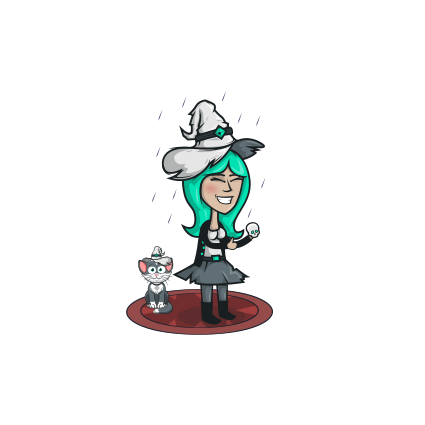Play games
Choose the game that interests you and play itfor free.
Complete the quests
Every game has some quests for which you will receive Soul Gems.
Receive rewards
You can exchange your Soul Gems for Steam Wallet top-ups, game keys, CS:GO Skins and other rewards.










Since its humble beginnings in 2011, Minecraft has captivated millions of players worldwide with its unique blend of creativity, exploration, and survival gameplay. Central to the game's appeal is its iconic blocky graphics, reminiscent of the early days of video gaming. However, as technology advanced and player expectations grew, the developers sought ways to enhance the game's visuals without compromising its signature charm. This led to the rise of shaders, powerful graphical modifications that have transformed Minecraft's appearance from basic blocks to breathtakingly realistic landscapes. In this article, we will explore the fascinating journey of shaders in Minecraft, from their conception to the stunning transformations they've brought to the beloved sandbox game
1.The Foundations of Shaders in Minecraft:Shaders, in the context of Minecraft, refer to graphical modifications that alter the game's rendering pipeline and introduce advanced visual effects. Introduced in the early days of the game's modding community, shaders were initially rudimentary, focusing on basic lighting and shadow enhancements. As the game's popularity surged, so did the demand for more immersive visuals, prompting developers to explore the possibilities of shaders further.
2.Advancing Visual Realism: From Pixelated to Photorealistic:
a. Low-End Shader Packs: In the pursuit of making shaders accessible to a wider audience, developers began crafting low-end shader packs that offered a balance between improved visuals and performance. These packs introduced features like basic lighting effects, improved water reflections, and ambient occlusion, enhancing the game's atmosphere without overwhelming lower-end systems.
b. Mid-Range Shader Packs: The mid-range shader packs represented a significant leap forward in terms of graphical fidelity. Developers integrated dynamic lighting and shadows, realistic sun and moon cycles, volumetric clouds, and advanced water rendering. These enhancements added depth and realism to the game's environments, enticing players to explore the blocky world even further.
c. High-End Shader Packs: High-end shader packs pushed the boundaries of visual realism in Minecraft. Leveraging advanced techniques such as screen-space reflections, global illumination, and physically-based rendering (PBR), these packs turned the game into a visual masterpiece. Realistic lighting interactions, detailed material surfaces, and stunning visual effects made Minecraft almost indistinguishable from modern AAA games, at least in terms of visuals.
3.The Revolution of Ray Tracing in Minecraft:
a. The Introduction of Ray Tracing Technology: In recent years, the advent of ray tracing technology revolutionized real-time rendering, and Minecraft was no exception. Ray tracing, a technique that simulates the behavior of light rays as they interact with virtual environments, brought unprecedented visual fidelity to the game. Reflective surfaces, accurate shadows, and realistic lighting became a reality.
b. Partnering with NVIDIA: Enabling Ray Tracing on Java Edition: To harness the power of ray tracing, Mojang Studios partnered with NVIDIA to bring this cutting-edge technology to the Java Edition of Minecraft. The collaboration resulted in the introduction of a dedicated "Minecraft with RTX" version, showcasing the game's full potential with ray tracing capabilities.
c. The Impact of Ray Tracing on Minecraft's Graphics and Gameplay: With ray tracing enabled, Minecraft underwent a visual transformation like never before. Blocks and materials exhibited realistic light interactions, while shadows and reflections added depth and immersion to the game. Ray tracing fundamentally changed the way players experienced the virtual world, offering a level of realism previously unseen in Minecraft.
Conclusion:
The evolution of shaders in Minecraft has been nothing short of extraordinary, transforming the game's visuals from simple blocky landscapes to awe-inspiring, lifelike worlds. Through the dedication of talented developers, the Minecraft community witnessed the birth of shader packs that spanned the gamut from accessible enhancements to cutting-edge visual marvels like ray tracing. As Minecraft continues to evolve, the relentless pursuit of visual realism and immersion through shaders will undoubtedly remain a driving force, enchanting players and inspiring the game's future development for years to come.